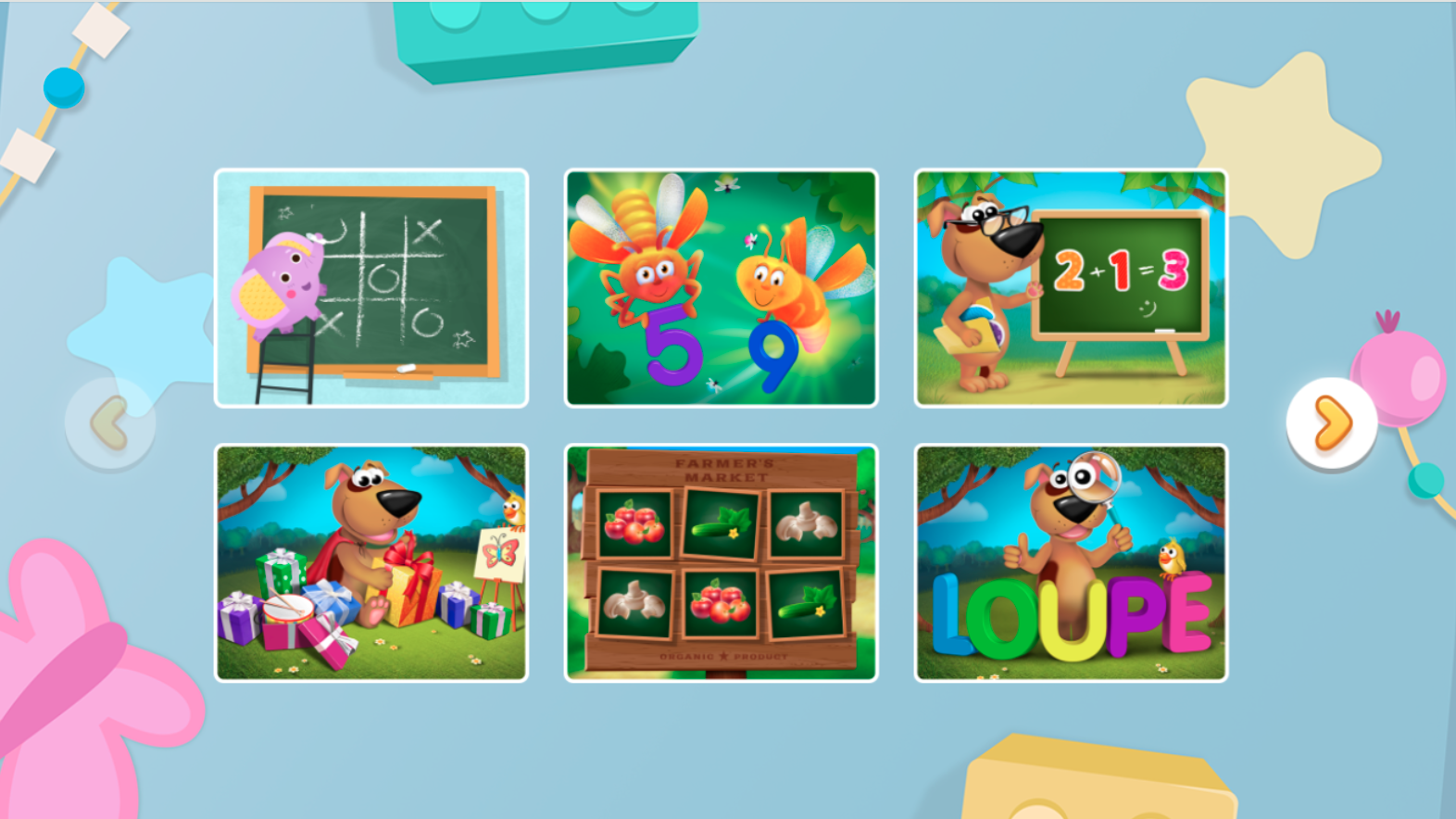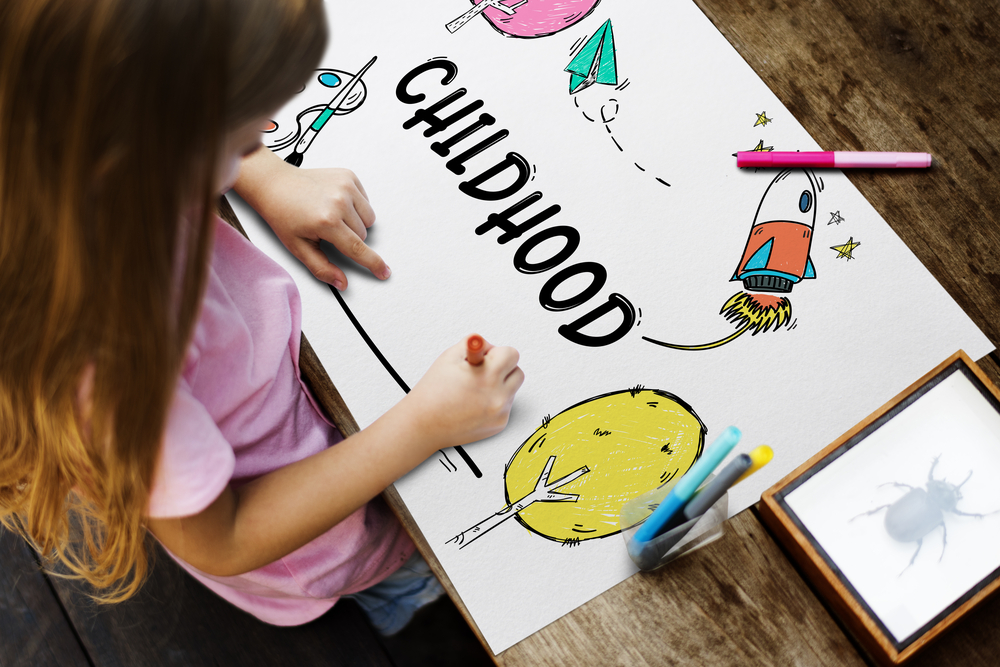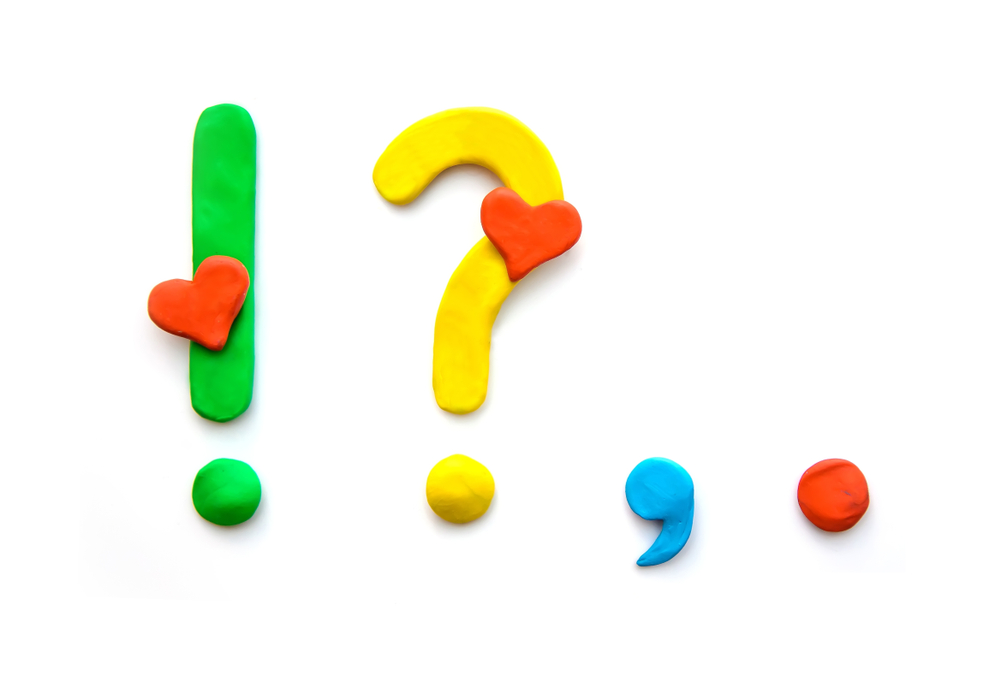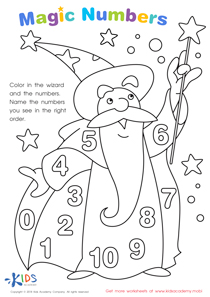Comparing sizes Extra Challenge Worksheets for Ages 6-7
6 filtered results
-
From - To
Give young learners an engaging way to enhance their understanding of measurements with our "Comparing Sizes Extra Challenge Worksheets for Ages 6-7." Our carefully crafted worksheets aim to promote critical thinking and visual analysis, encouraging students to compare and contrast the sizes of various objects creatively. Ideal for building foundational skills in mathematics, these exercises make learning fun and interactive. Perfect for at-home practice or classroom use, each worksheet is designed to boost confidence and improve precision as children navigate fun comparison activities. Expand your child's mathematical abilities today with our extra challenge worksheets!


Which Is Taller Worksheet


Measurement: Compare Volumes Worksheet
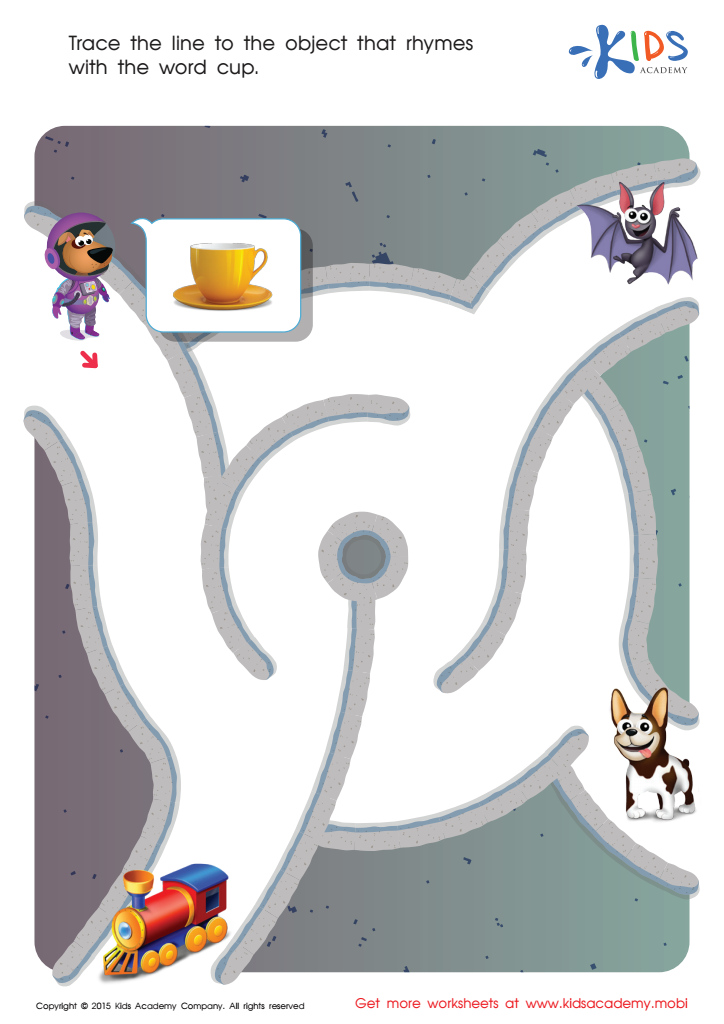

Cup Rhyming Words Worksheet
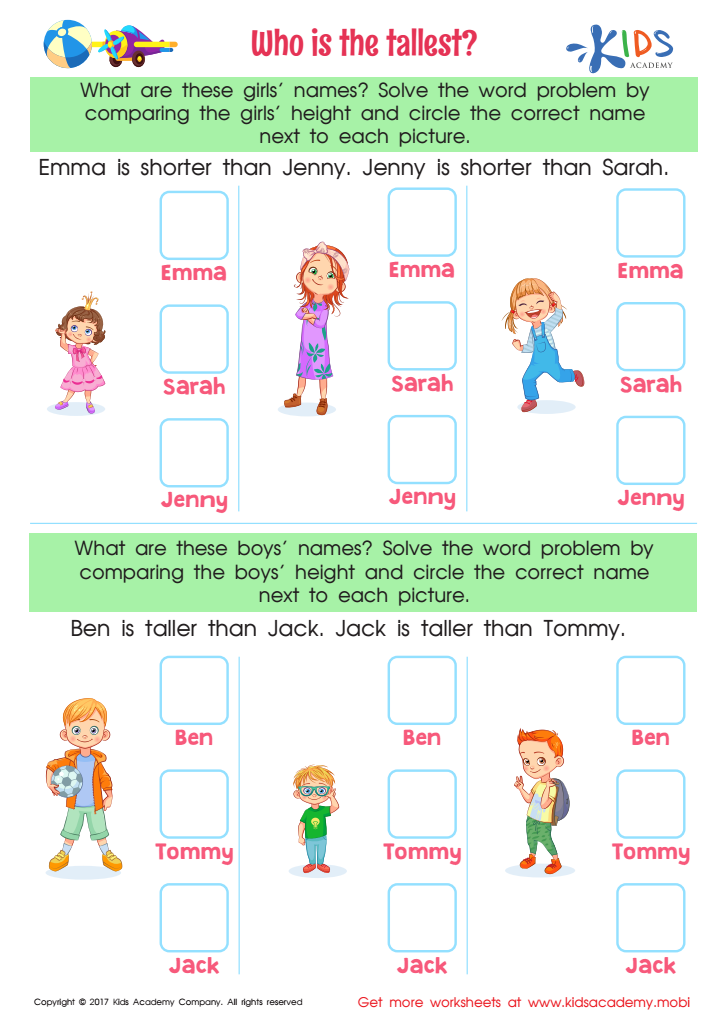

Who Tallest Printable
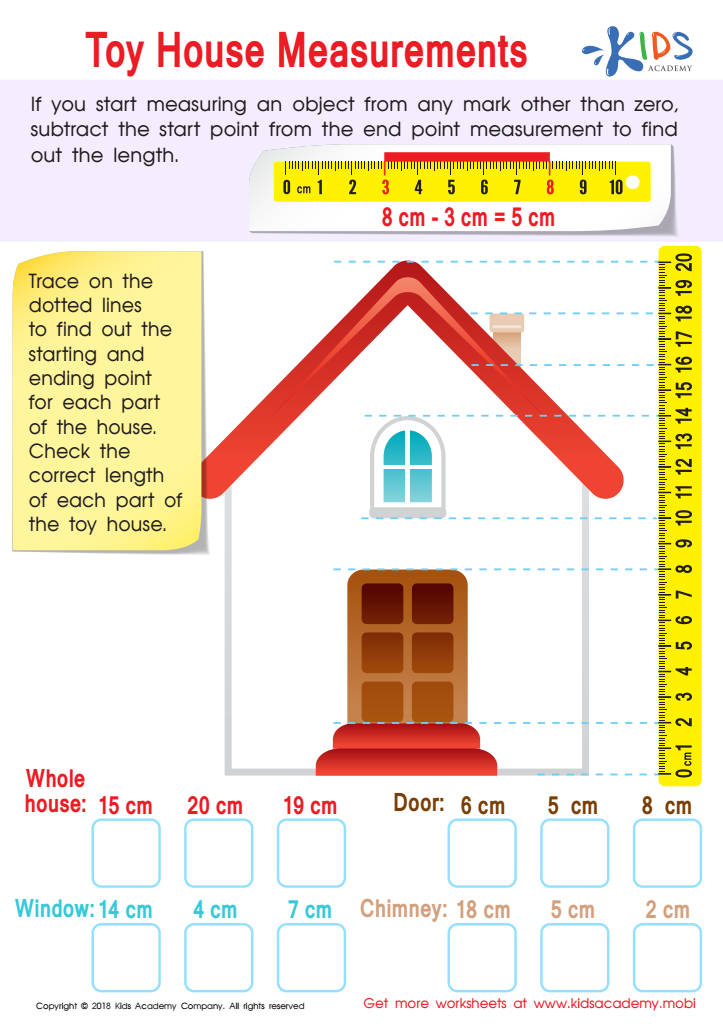

Toy House Measurements Worksheet
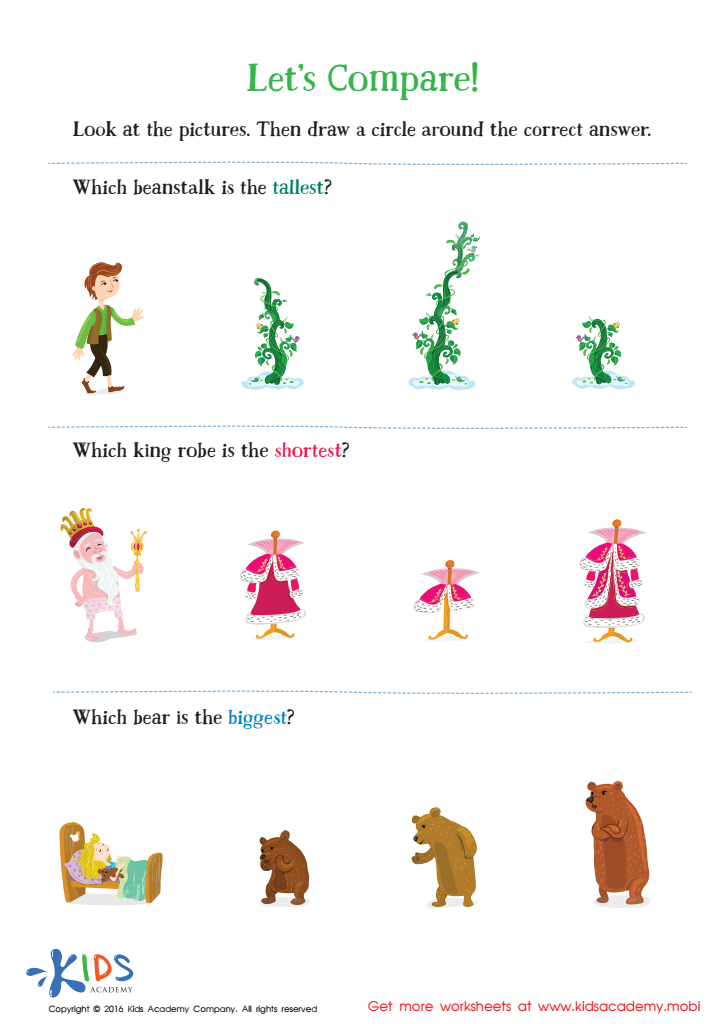

Fairy Tale Worksheet: Let's Compare
Encouraging children aged 6-7 to engage in activities that compare sizes provides numerous educational and developmental benefits. At this stage, children are developing critical thinking skills, and comparing sizes is an excellent way to foster this growth. When children practice comparing different objects by size, they enhance their understanding of mathematical concepts like length, height, and volume, which are foundational to more complex mathematics they will encounter later on.
Additionally, comparing sizes promotes observational skills and attention to detail, as children learn to notice subtle differences and similarities. This can be particularly beneficial for problem-solving skills and spatial awareness, which are crucial in many daily activities and future learning scenarios.
From a cognitive development perspective, these exercises help improve memory and categorization abilities. By asking children to sort and order items by size, they learn to apply logical rules and grasp the concept of scale. These activities also offer opportunities for hands-on learning, which can be more engaging and memorable for young learners.
Socially, such tasks often involve cooperative play and communication, allowing children to develop their language skills and work collaboratively. By focusing on these seemingly simple challenges, parents and teachers can lay a strong foundation for future academic success and personal growth.
 Assign to My Students
Assign to My Students




